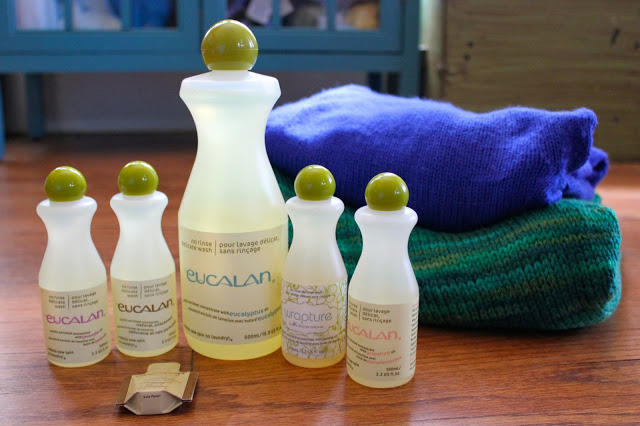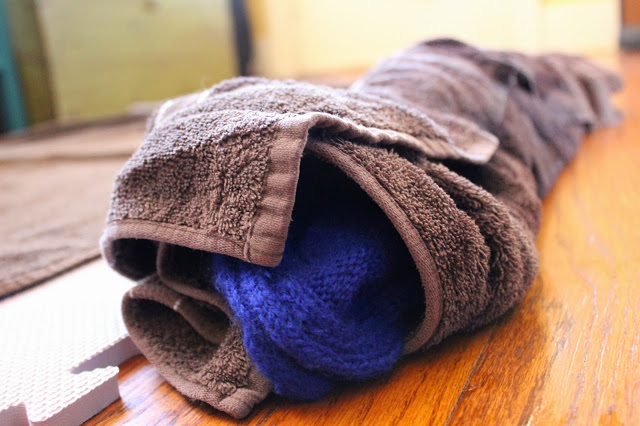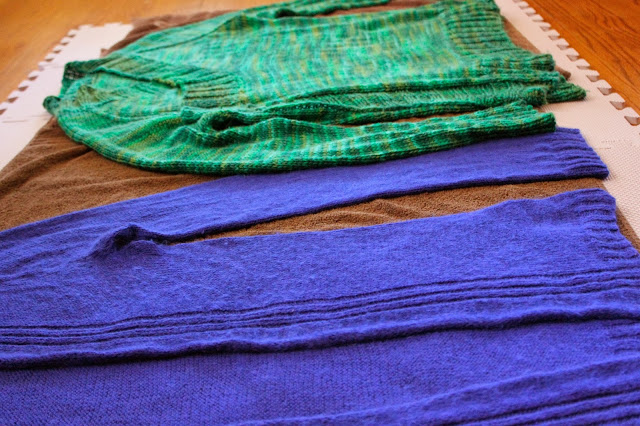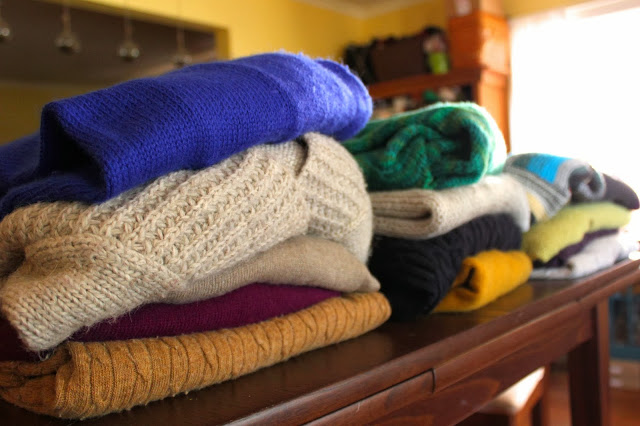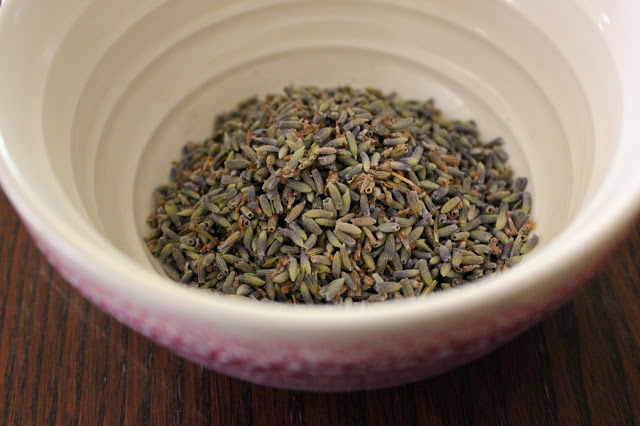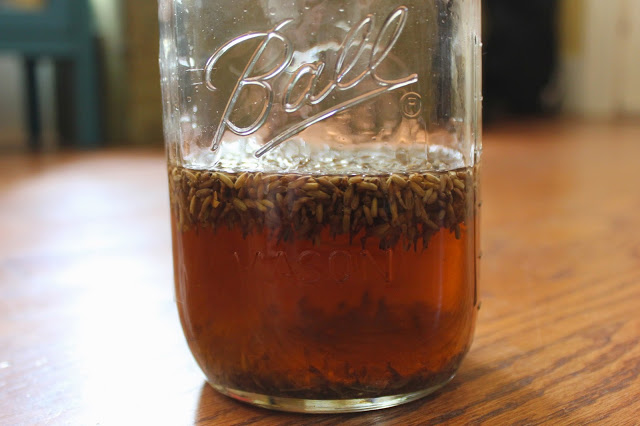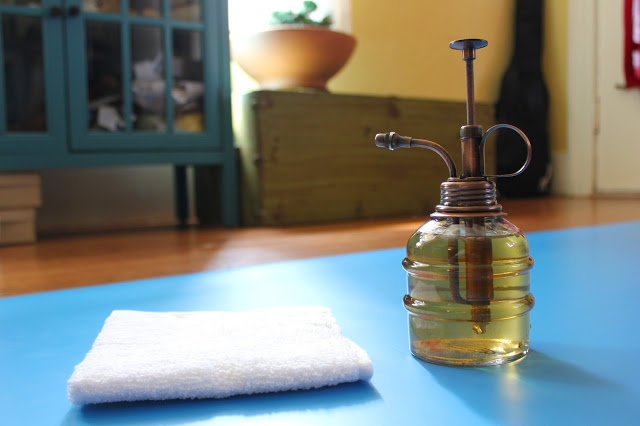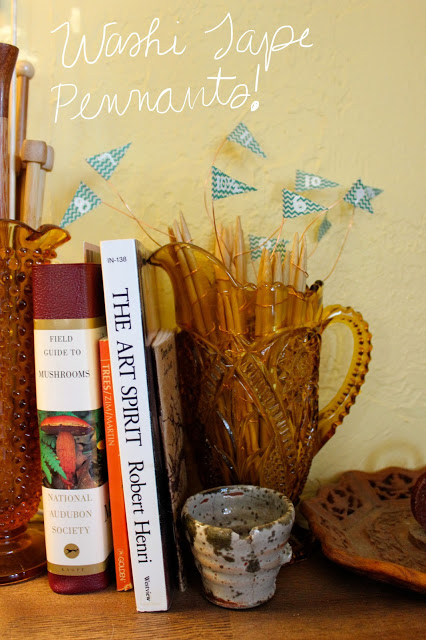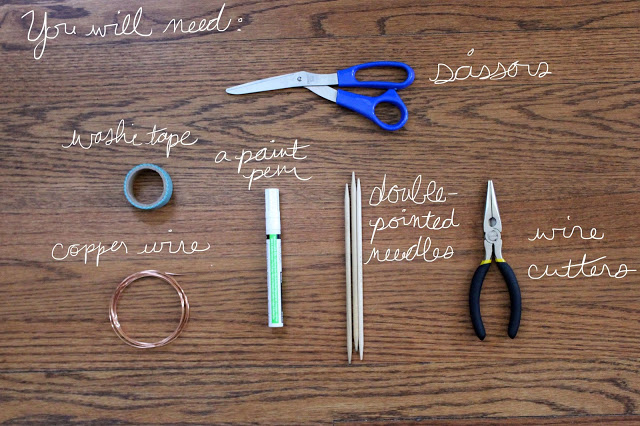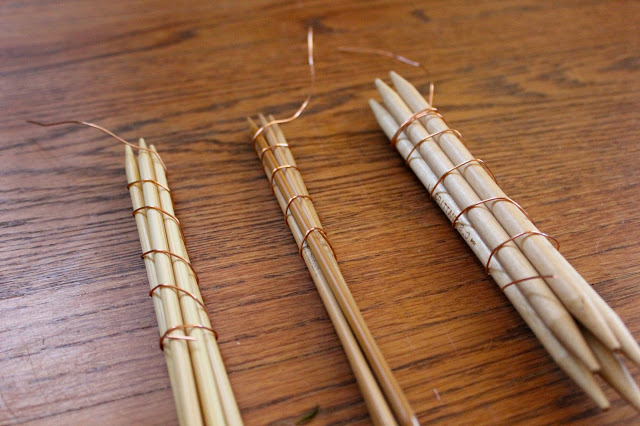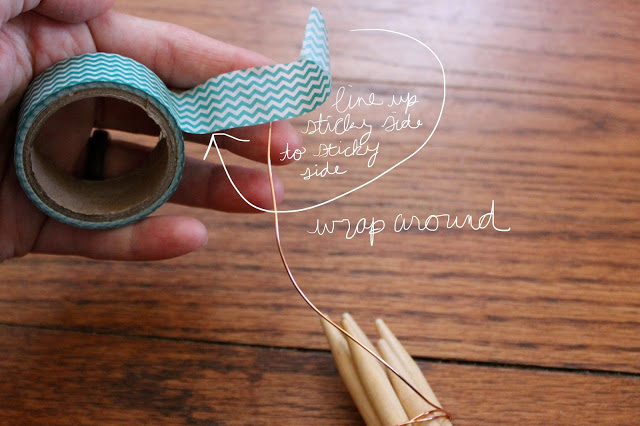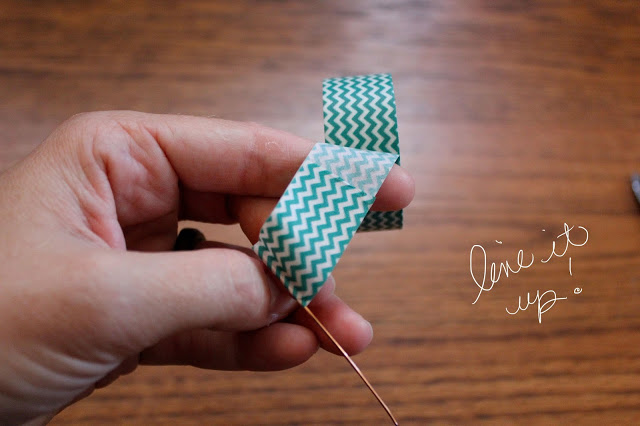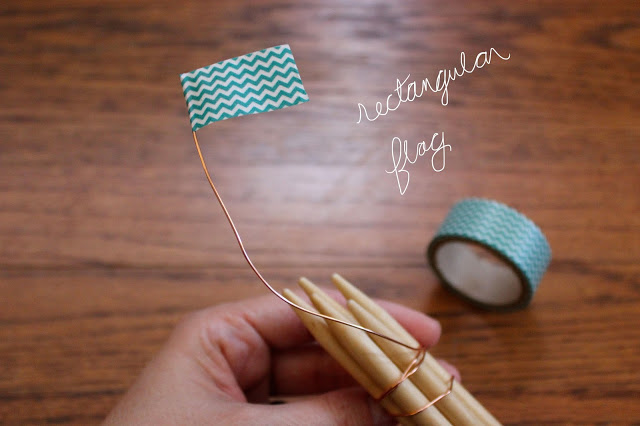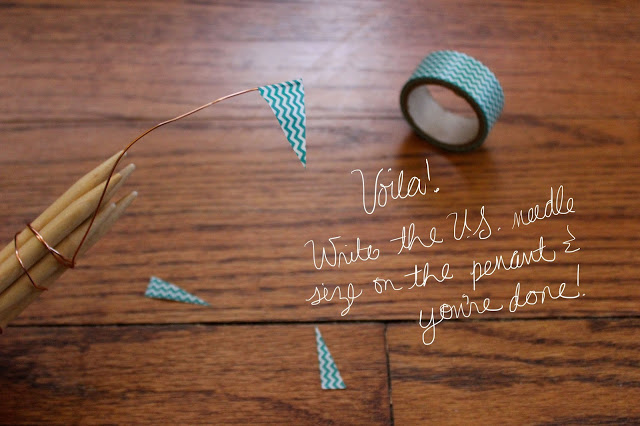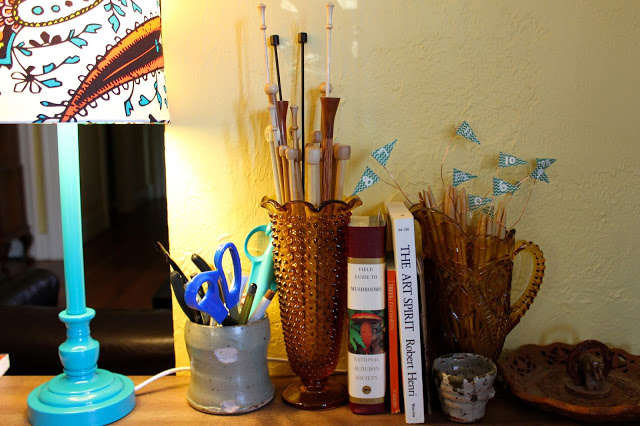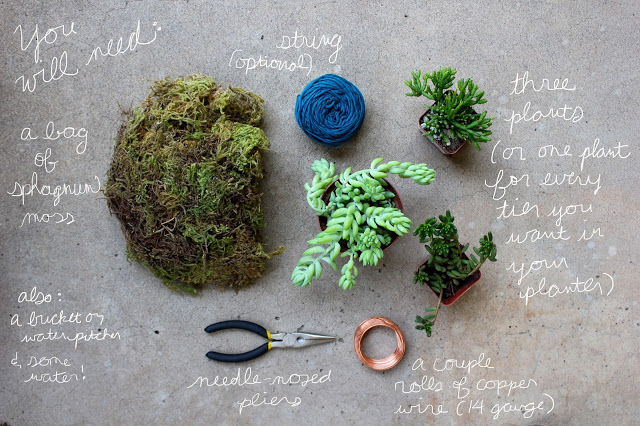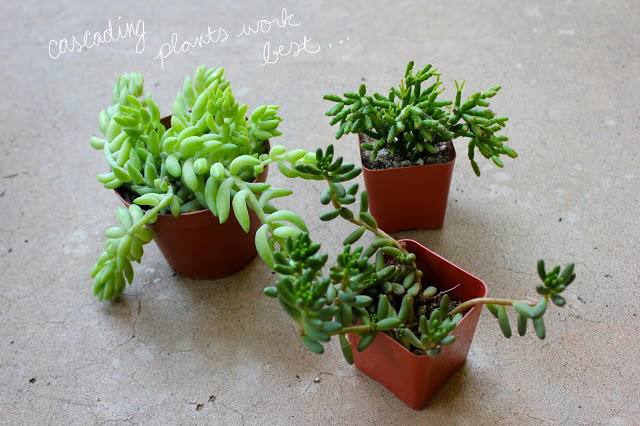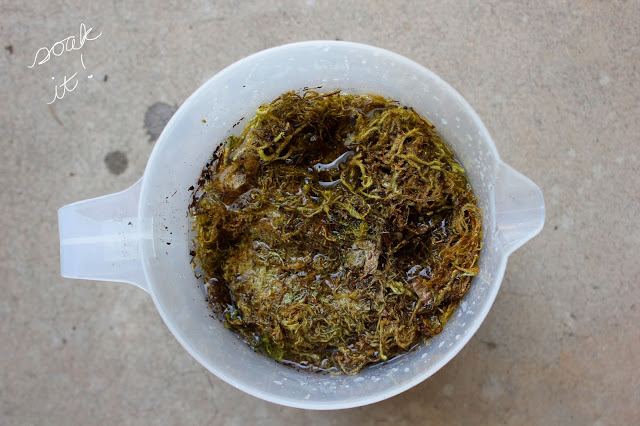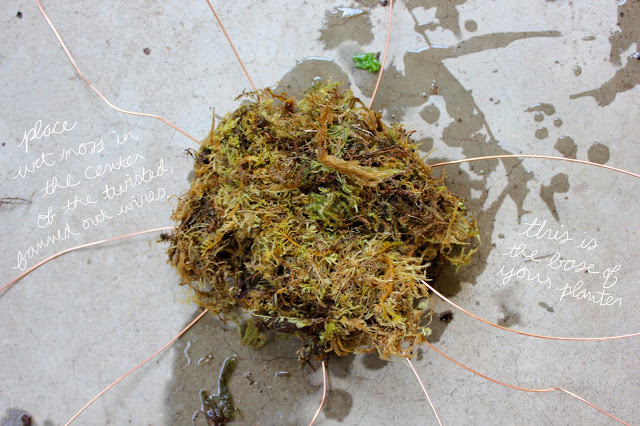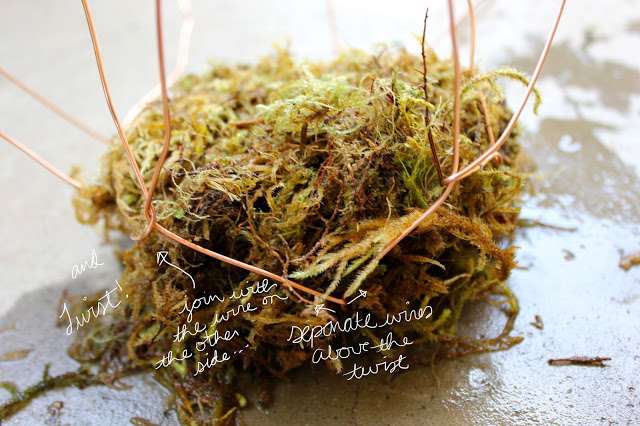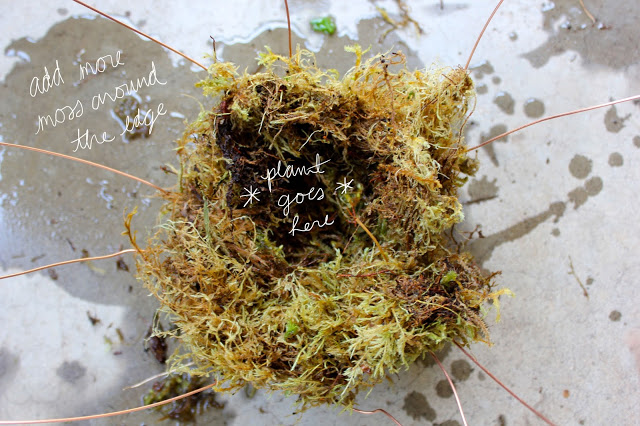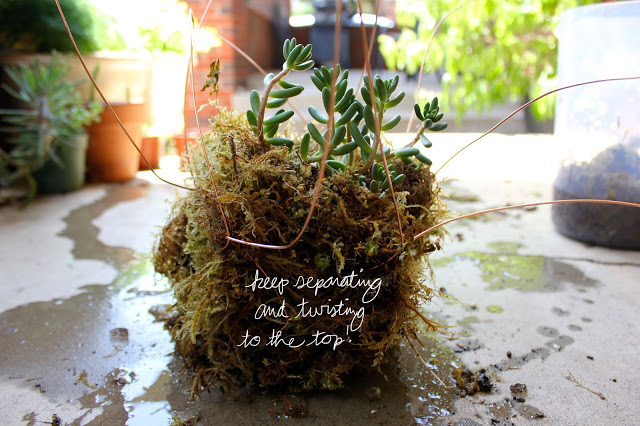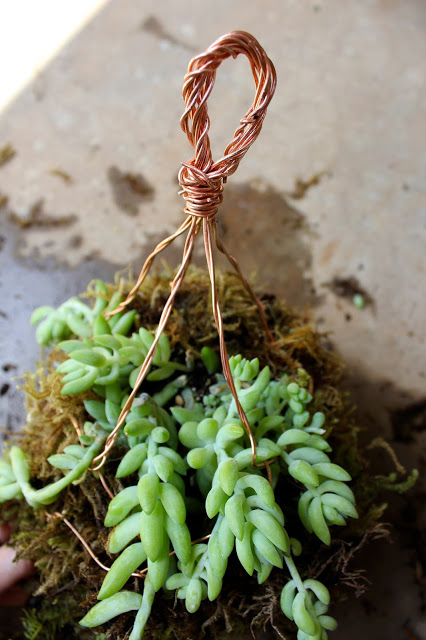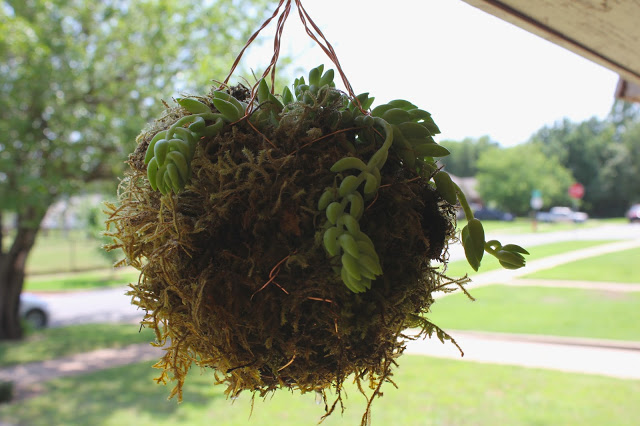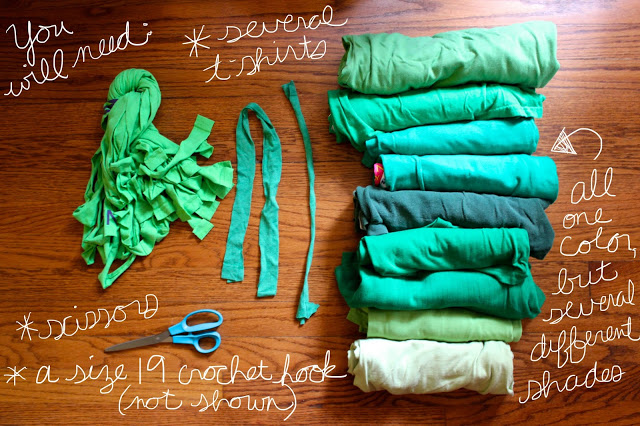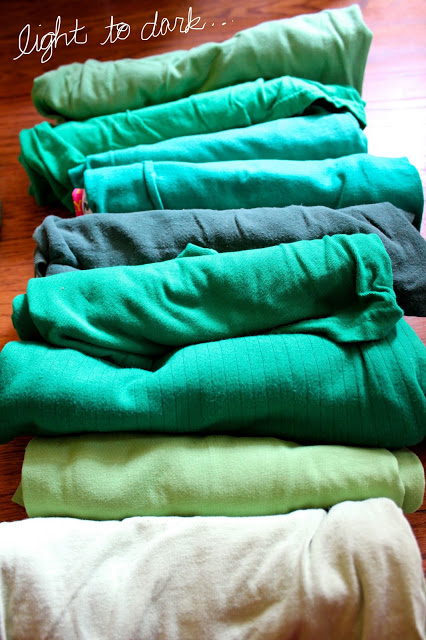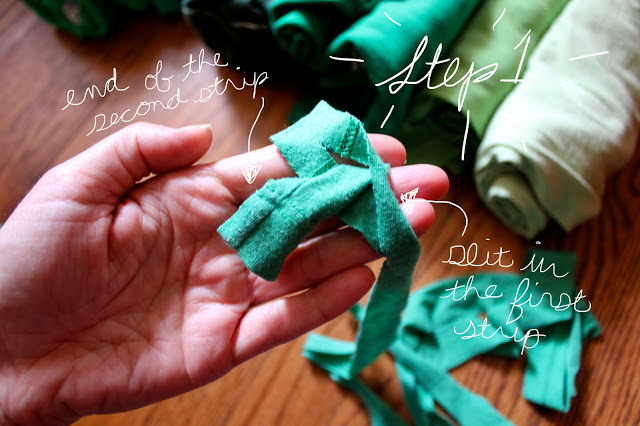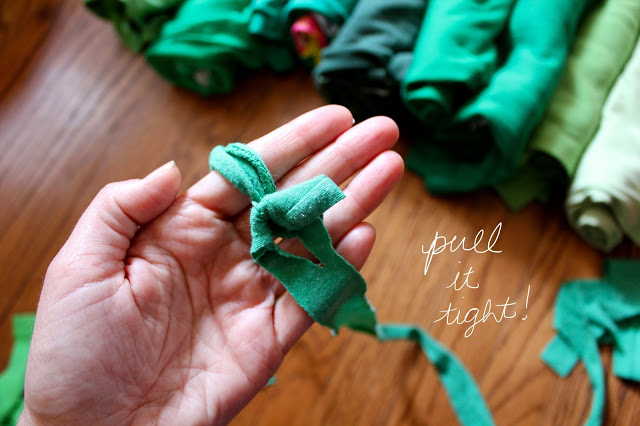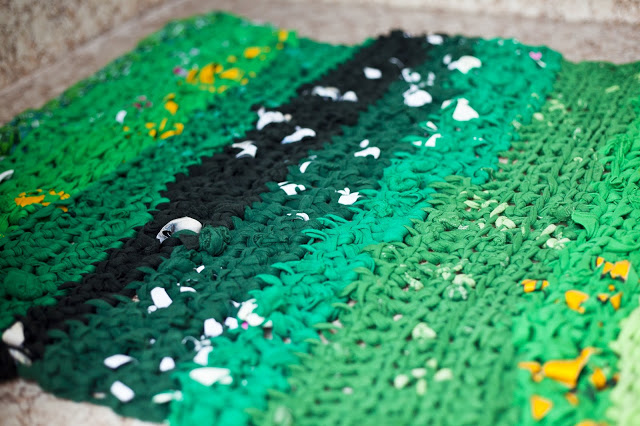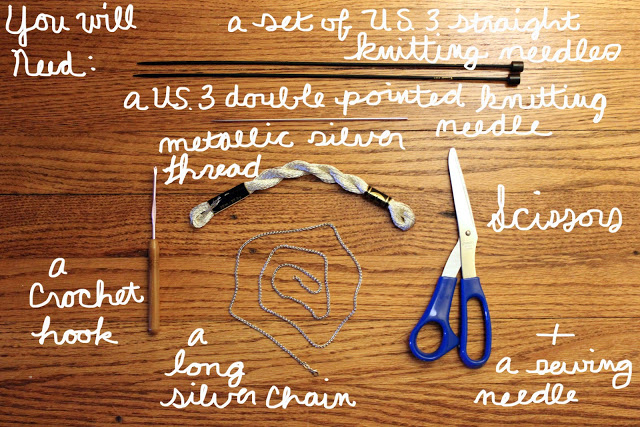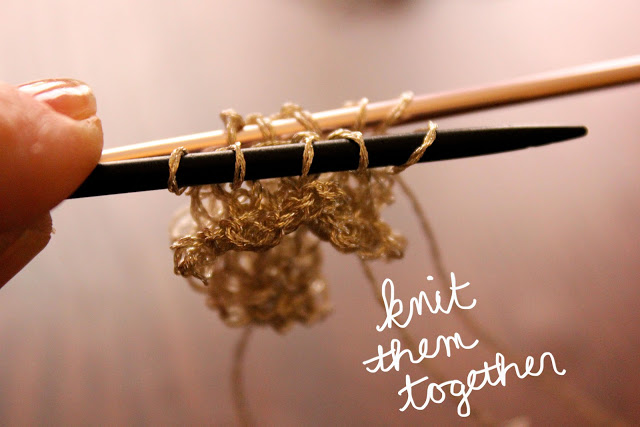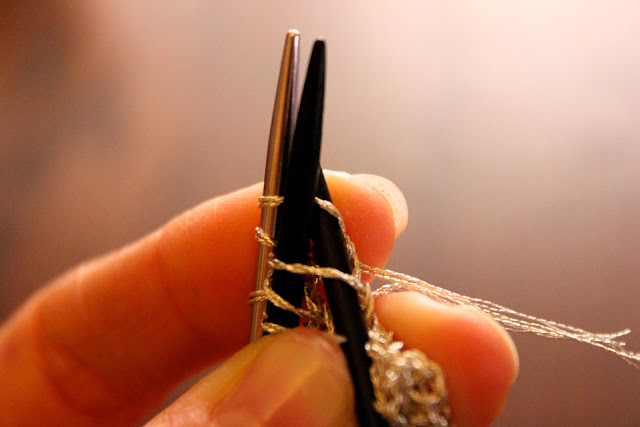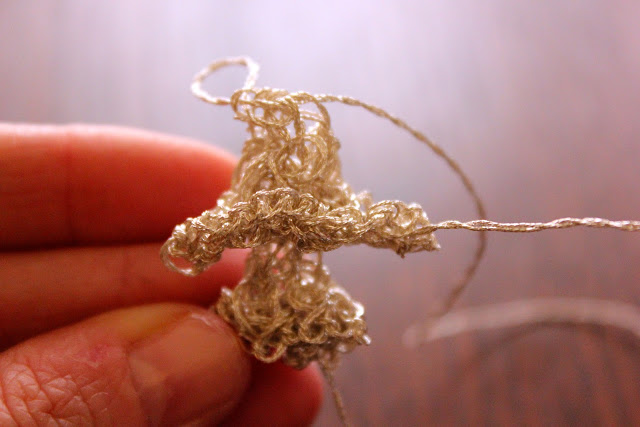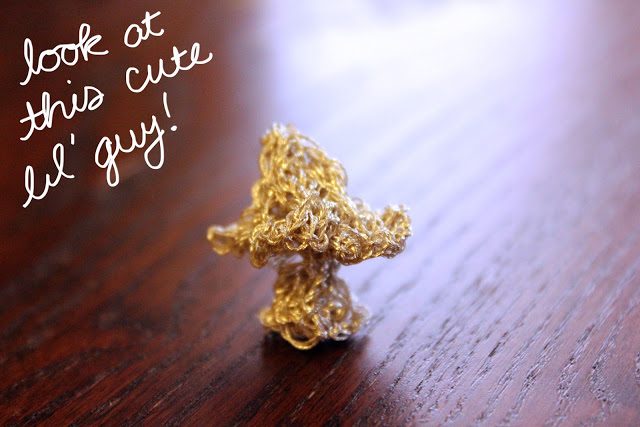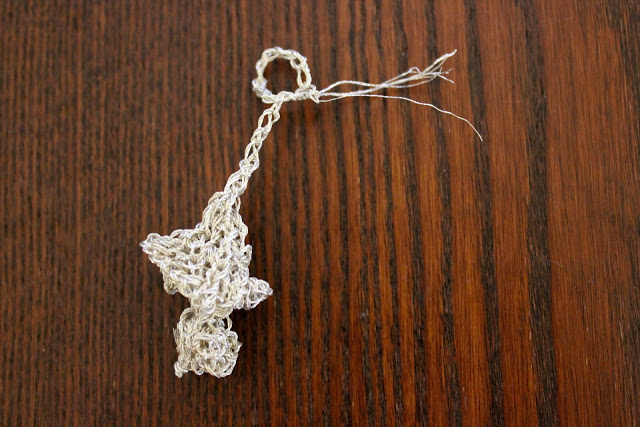It happened. We finally broke 90 degrees. I know Oklahoma's summer was particularly short this year (jump for joy), but to be honest, I LIVE for the milder seasons of fall and spring. Crisp evenings with a hint of chiminea smoke in the air? Of course! Long sleeves and scarves and pumpkin everything? I'll take it! One of my favorite parts about fall is the wardrobe changes and the shift from wearing as little as possible without looking indecent (ahem), to carefully selecting the layers - texture upon texture, solids with patterns - warm and cozy all the way.
In preparation for this exciting time of year, I recently brought out my sweaters to start getting them ready for wear. Woolens don't typically need as much cleaning as other types of garments, but they are also a little more finicky than your every day cotton top or pair of jeans. So for the most part, I err to my laundry motto: "When in doubt, DRY CLEAN". However, when one has as many sweaters as I do (which is a lot), this can quickly add up to a costly visit. Clearly, some alternatives are needed.
Love Knitting offered to send me some Eucalan to try out, which is a delicate, no rinse wool wash intended for cleaning a vast array of garments, but of most interest to me: knits! It's an eco-friendly product containing lanolin, which is a natural conditioner for wool that reduces static and makes the fibers softer. Eucalan comes in a variety of fragrances, including eucalyptus, lavender, grapefruit, natural scent, and Wrapture, which contains jasmine oil. (I'm refraining from jumping down the rabbit hole that is reminiscing about the intoxicating jasmine bush in my childhood back yard. Mmmmm). Once I received my package from Love Knitting, I set to work and washed literally every sweater that I own. Yes, every one.
For the garments that specified "hand wash" or "dry clean only", I soaked them in my kitchen sink after adding one tsp of Eucalan per gallon of cool water. Each sweater was washed separately unless I had another one of similar coloration. After soaking for about 15 minutes, the instructions direct you to squeeze the garments gently in the water in order to make sure the lanolin oils get to all of the fibers. Then drain the basin, squeeze out what water you can without wringing, and reshape and dry the garments flat. After I drained the water each time, I rolled the garment up in a towel and pressed on it lightly to soak up some of the excess water before laying out to dry.
I felt comfortable washing my less delicate sweaters in my front loading washing machine. To wash with Eucalan in this type of machine I added 2 tbsp to the fabric softener compartment and set the machine to rinse and spin only with cold water.
Both washing methods worked great for my garments. While a couple of the fragrances sound like they might be a little overbearing (i.e. grapefruit and eucalyptus), they are actually quite pleasant. Each scent lingers on the garments mildly, adding just enough aroma to be rendered enjoyable without even coming close to overdoing it. I noticed a stronger scent in the garments that I soaked in the basin than I did on the ones washed in the machine. Despite the faintness, I think they will be very soothing in wear. Overall, I loved the Wrapsody scent the most - very feminine and romantically perfumy without disappearing into old lady-ness or obnoxious odor.
One of the great things about the product is that since no rinsing is required, you run less of a risk of felting or agitating the fibers on your more delicate knits. In addition, I especially loved that the wash seemed to moisturize my hands instead of drying them out. One thing I used to hate about my barista days was the dry skin and split fingers from washing sinks full of mugs. Despite the constant rinsing of my hands during this process, it really felt like it was conditioning my skin in addition to my woolens... Win-win?
Overall, I'm excited about the quality of washing I observed from using Eucalan, the pleasant aromatherapy I will enjoy when donning my favorite cardigan next month (!), the lovely skin treatment my hands got out of the deal, and how much I am going to save on dry cleaning bills this winter (!!!). Now I just need to take a pill remover to these babies and they'll be good as new!
You can purchase Eucalan products from Love Knitting here.
Love Knitting provided the products for this review; however, the words and opinions are my own.

